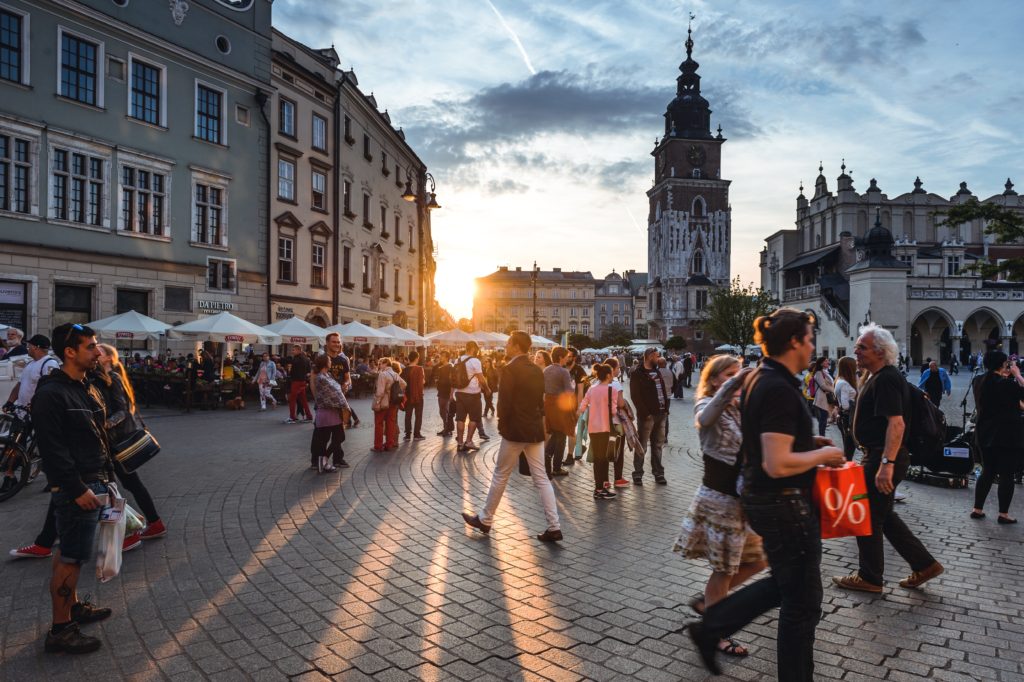The power of word-of-mouth marketing has always been a cornerstone of the travel industry. However, in the digital age, the face of word-of-mouth has changed dramatically. No longer reliant solely on friends or family, travelers now turn to influencers—individuals with significant social media followings who can impact the choices of hundreds of thousands, if not millions, of potential customers. Travel brands and destinations have embraced this shift, harnessing the power of influencer marketing to reach niche audiences and build authentic connections.
One brand that has particularly excelled in this space is Visit California. The tourism board has masterfully leveraged influencer partnerships to amplify its travel public relations efforts and expand its reach in ways that traditional advertising could never match. By partnering with influencers who embody California’s diverse appeal—spanning beaches, national parks, luxury experiences, and vibrant cities—Visit California has been able to showcase the state’s multifaceted offerings in a way that speaks directly to specific traveler segments.
5WPR Insights
Choosing the Right Influencers for Authentic Campaigns
The key to success in influencer partnerships lies in authenticity. Travel publicity is most effective when it feels organic—when influencers genuinely enjoy the destinations or experiences they’re promoting. Authenticity is paramount because today’s consumers are extremely attuned to inauthentic, over-the-top promotional content, and they quickly tune out anything that doesn’t feel real.
Visit California’s approach has been to collaborate with influencers whose personalities and travel styles resonate with a wide range of people. Whether it’s outdoor adventurers exploring the Sierra Nevada mountains, foodies discovering California’s wine country, or families enjoying Disneyland, Visit California tailors its influencer collaborations to the specific passions and interests of its target audience.
The results have been striking. California’s tourism numbers have surged in part due to the buzz generated by these influencer campaigns, which include everything from Instagram posts to YouTube vlogs. By giving influencers the freedom to create content that speaks to their followers, Visit California ensures that the messaging feels natural, engaging, and genuine.
The Evolution of Influencer Campaigns: Moving Beyond Social Media
While social media remains the cornerstone of influencer marketing, the landscape is evolving. Influencers are no longer limited to Instagram or Twitter; they now dominate YouTube, TikTok, and even podcasts, each offering different ways to tell stories and engage audiences. For travel publicity to succeed, brands must evolve their approach to accommodate these new platforms.
One of the most exciting developments in travel influencer marketing has been the rise of video content, particularly on platforms like TikTok and YouTube. In short-form TikTok videos, influencers can provide real-time recommendations, share travel hacks, or showcase hidden gems, giving potential visitors a glimpse into what their experience would be like. YouTube influencers, on the other hand, offer longer, more detailed travel vlogs that provide in-depth coverage of destinations.
The popularity of these platforms has allowed travel destinations to create a more dynamic, immersive experience for their audiences. It’s not just about showing off beautiful landscapes—it’s about telling the full story, from the emotional highs to the everyday experiences that make a destination special.
The ROI of Influencer Partnerships in Travel Publicity
One of the most significant benefits of influencer partnerships is the return on investment (ROI). Travel brands can often see a direct correlation between influencer-driven campaigns and increased bookings or engagement. Whether through unique discount codes or tracking campaign-specific hashtags, the ability to measure the effectiveness of these collaborations has made influencer marketing a must-have for travel brands.
Visit California, for instance, has seen its partnerships with influencers generate substantial traffic to its website, resulting in increased hotel bookings, restaurant reservations, and tour sales. The ROI is not just in the number of followers an influencer has; it’s about the level of engagement, the quality of the content, and the long-term impact on consumer perception.
Influencer partnerships are no longer a novelty in travel publicity—they’re a powerful tool that can help destinations and brands reach new, targeted audiences. By choosing the right influencers, creating authentic collaborations, and adapting to the ever-evolving social media landscape, travel brands can craft campaigns that feel personal and engaging. As the travel industry continues to evolve, influencer marketing will undoubtedly remain one of the most effective ways to connect with consumers and inspire wanderlust.

More PR Insights
Best Practices For Creating Omnichannel Press Kits Using Headless Technology
Making Strategic Pivots When PR Campaigns Fall Flat
Repurposing Analyst Research in Pitching: A Strategic Guide